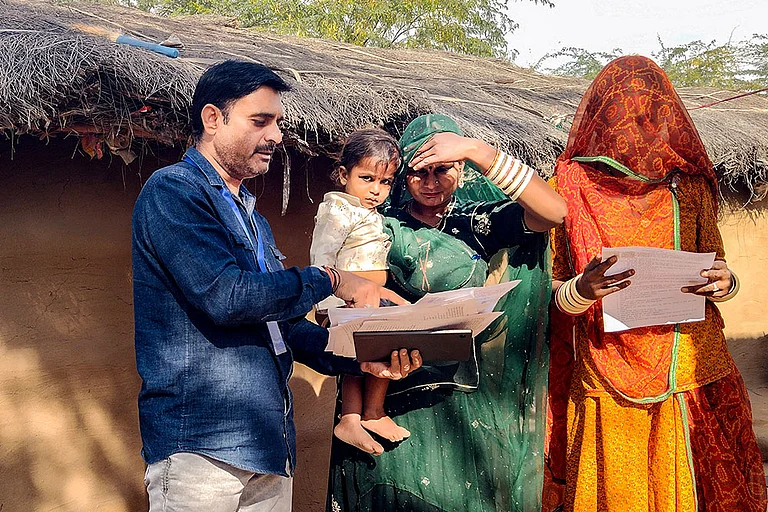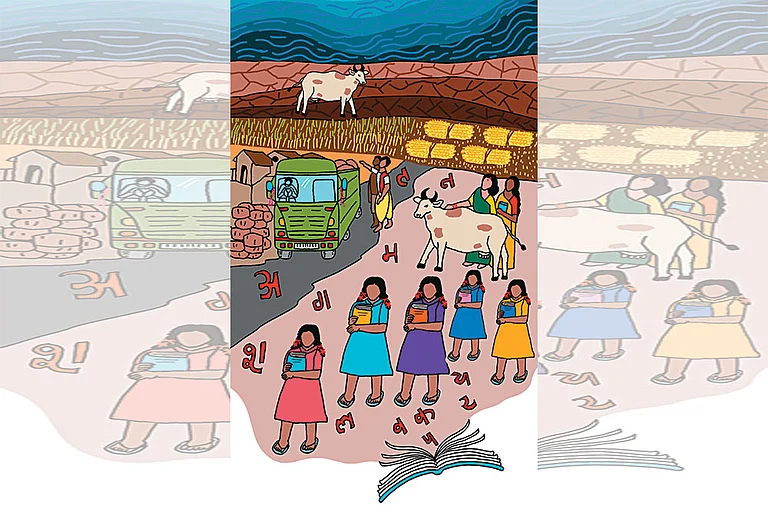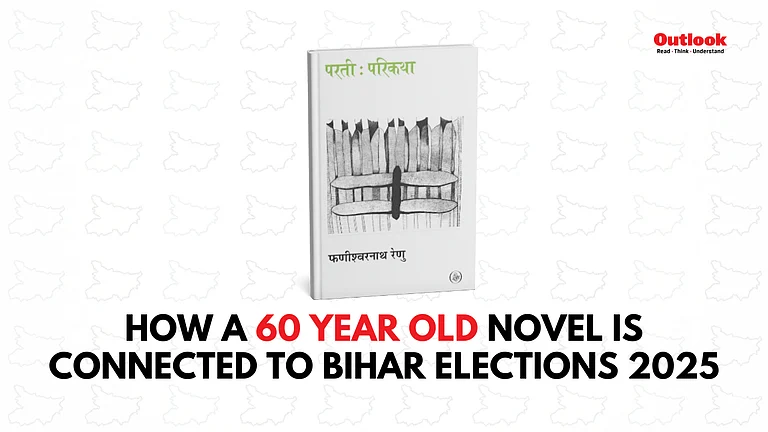On March 2 when the Bharatiya Janata Party (BJP) declared its first list of candidates for the upcoming Lok Sabha elections, political observers were hardly expecting them to emphasise the percentage of candidates from the other backward classes (OBCs). However, BJP General Secretary Vinod Tawde while announcing the names of 195 candidates noted that 57 out of them (29 per cent) belong to the OBC community.
While they maintained the percentage of SC and ST candidates as per the reservation —14 per cent and 9 per cent respectively— experts think that the focus on OBCs is seemingly a signal to the community at a time when the Opposition is putting forth caste census as their major electoral plank.
Since the reports of the Bihar caste survey came out, the INDIA bloc has made OBCs and extremely backward classes (EBCs) the central point of political mobilisation. Though it was under the leadership of Bihar Chief Minister Nitish Kumar —who recently jumped the boat to again ally with the BJP— that the opposition started pushing for the caste census; even after his departure, it hasn’t lost the resonance. During his Bharat Nyay Yatra, Congress leader Rahul Gandhi several times promised a nationwide caste census. He even stepped into a controversy when he asked a journalist about the caste of his employer. In this backdrop, giving 29 per cent of Lok Sabha seats in the first list to the OBCs seems to be a significant political step, says analysts.
However, this is not the only instance when the BJP has given consecutive signals to the community. After the 2023 assembly elections, the party chose Mohan Yadav —a Yadav leader— as the CM of Madhya Pradesh. One of the senior political analysts then said, “The selection of Yadav is not only an indication to OBCs, rather it is a move to woo Yadav communities of Bihar and the UP — who have been traditionally vote bank of RJD and SP respectively.”
Interestingly, within months, Yadav visited UP. Recently, he addressed the Yadav Mahakumnbh in Lucknow arranged by Manish Yadav who is one of the petitioners in the Krishna Janmabhoomi case. During his address, Yadav evoked his connection to ‘Yaduvansh’ and said, “We are proud that we come from the lineage connected to Shri Krishna.” In January, Yadav received felicitation from a forum mostly run by the community.
The recent launching of a Yadav leader as the MP CM certainly does not go with the erstwhile policy of the party to woo non-Yadav OBC castes, says a political expert based in Bhopal. In the UP assembly elections of 2017, the BJP fielded 130 of the 370 candidates (35 per cent) from non-Yadav OBC castes. In the early years, its focus had mostly been on groups like Kurmi, Lodhi-Rajputs, Nishad, and Jat.
However, their efforts to reach out to the community went unabated. Last year during an interview with national media, BJP’s OBC face in Bihar, Sushil Modi, criticised the methodology of caste survey and said, “Anyway, they are winning elections in large numbers without political reservation. Nineteen out of 40 Bihar MPs are OBC, which is almost 50 per cent. OBCs don’t need political reservation; all they need are job and education reservation, which is already available.” Currently, the BJP has 85 OBC MPs among 303 seats that it holds in parliament.
Debunking the claims of BJP, Ghanshyam Tiwari, the National Spokesperson of the SP, says, “This is merely a packaging. BJP’s major support base is the upper caste people. If you still look at the outcomes of different competitive exams, you can get a sense of how the power is getting consolidated in the hands of few casteist upper caste people who don’t believe in social justice.” He also adds that the BJP has always used symbolism to hide their policies against the poor, Dalits, women, and OBCs.
Earlier in February, while responding to an allegation of the Opposition that the Narendra Modi government does not have OBC faces, the PM said, “I am surprised that they are unable to see that the senior-most position is occupied by an OBC.” However, a few months back the PM had said that there are only four castes — women, youth, farmers, and poor.
The party’s efforts to mention OBCs separately also stem from the ensuing crisis in Maharashtra where CM Eknath Shindhe’s decision to give 10 per cent reservation to Marathas has not been taken lightly by the community. Notably, OBCs have always been a major vote bank for BJP in Maharashtra. In 2019, reports came out that at least 15 OBC MLAs of the BJP were in regular touch with the then-ruling Maha Vikas Aghadi (MVA) alliance. As per the media reports, they allegedly felt ‘outcasted’ by the Brahmin leader Devendra Fadnavis who is currently the Deputy CM of the state.
Whereas on one hand, the BJP declared the percentage of OBC candidates, on the other, it also emphasised women and youths. Tawde mentioned that 28 of 195 candidates are women and 47 candidates are below the age of 50. Reports suggest that the next list of the party —expected to come around Women’s Day (March 8)— will have its focus stuck on women.
(With inputs from Zaina Azhar Sayeda)



























